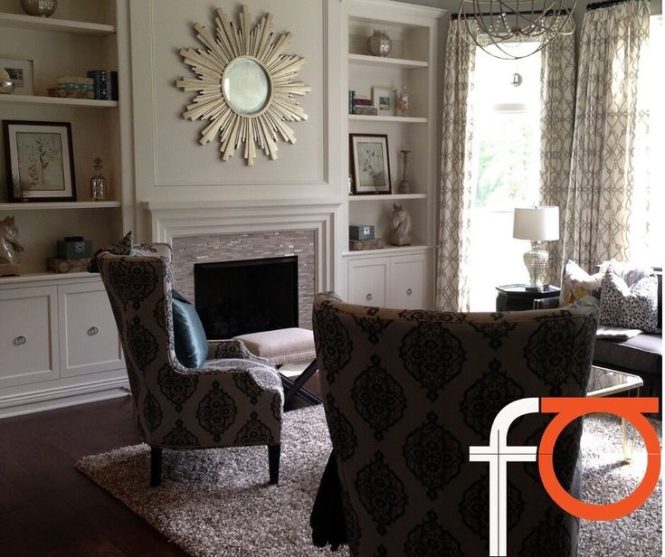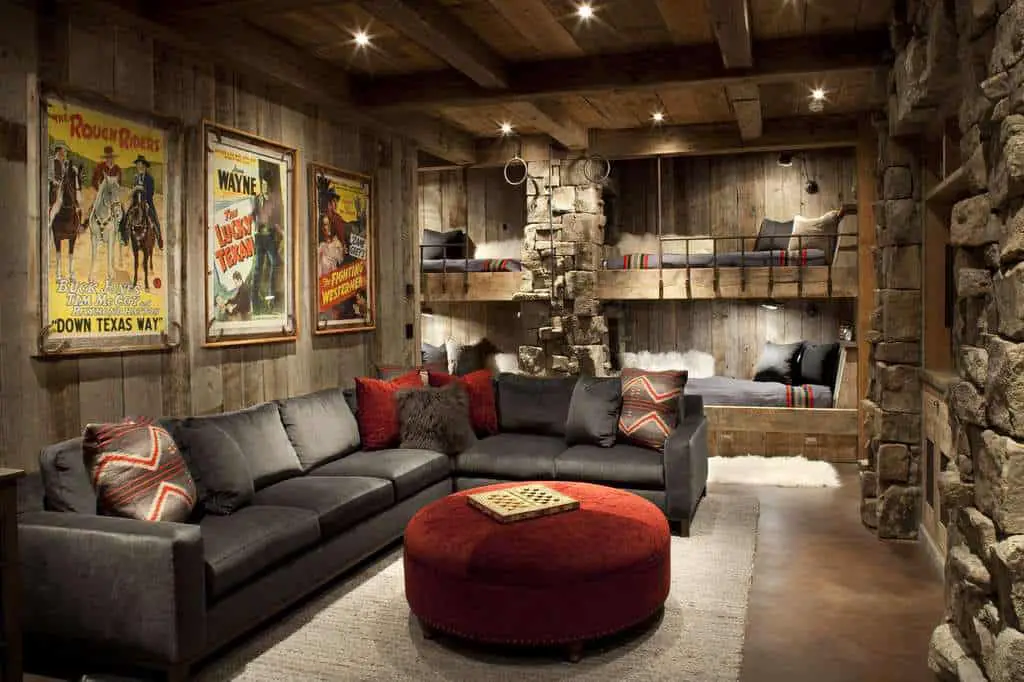

Crafting a classic design for a cozy family room is about more than just aesthetics; it’s about creating a space where memories are made and family bonds are strengthened. This article dives deep into the art of designing a cozy family room with timeless appeal, addressing common challenges and offering practical solutions for creating an inviting and memorable space. We will explore key elements of classic design, from furniture choices to lighting and textiles, to ensure your family room becomes the heart of your home. This guide will equip you with the knowledge and inspiration needed to achieve your vision, step by step.
Defining the Classic Design Aesthetic
Understanding Timeless Style
Classic design, in the context of a family room, often centers around timeless elegance, comfort, and functionality. It’s less about fleeting trends and more about enduring principles that stand the test of time. Think understated sophistication rather than ostentatious displays. Natural materials, such as wood, stone, and linen, are prevalent. Neutral color palettes, like cream, beige, and soft grays, are frequently used to create a sense of serenity and calm. Simple, well-crafted furniture pieces are favored, emphasizing quality over quantity. This approach often results in a space that exudes warmth and invites relaxation. A key element is the use of quality materials and craftsmanship that endure.
Addressing Common Challenges in Family Room Design
Many families face challenges when designing a family room. Space limitations, budget constraints, and varied family needs often create design dilemmas. Adding to this, incorporating diverse family members’ preferences can also be difficult. For example, younger children might want bright colors, while older teenagers might prefer minimalist designs. Often, families find it challenging to balance functionality with aesthetics. Balancing the need for entertainment and relaxation with the need for storage can be tough. A common problem is finding a design that looks great while being practical and lasting.
Choosing Timeless Furniture
Selecting Durable and Elegant Pieces
Selecting furniture pieces with classic design principles is paramount. Consider pieces made from high-quality, durable materials like solid wood. Look for furniture that is not only aesthetically pleasing but also built to withstand daily use and the rigors of family life. A substantial coffee table crafted from solid oak or a well-made sofa upholstered in durable linen can create a warm, inviting atmosphere, and create visual interest. Avoid trendy styles that may quickly become outdated. Prioritize functionality and comfort for creating a truly cozy space. Incorporating storage solutions such as ottomans with hidden compartments or shelving units can help maintain order.
Creating Flow with Layout
The arrangement of furniture is crucial for establishing a sense of flow and usability. Consider the natural traffic patterns and how family members use the space. A well-placed sofa that encourages conversation, positioned centrally within the room, provides a comfortable and welcoming focal point. Balance seating areas with areas for activities such as reading or watching television. This thoughtful arrangement ensures the space is both beautiful and practical. This is often crucial for creating the atmosphere you want without compromising the overall style or functionality of the room.
Incorporating Warm Lighting and Textiles
Creating a Welcoming Atmosphere
Lighting plays a significant role in creating the desired ambiance. Opt for layered lighting, combining ambient, task, and accent lighting. Ambient lighting, such as recessed lighting or chandeliers, provides a general illumination. Task lighting, such as lamps on side tables or desk lamps, aids with specific activities. Accent lighting, such as spotlights or wall sconces, highlights key architectural features or artwork. Use warm-toned light bulbs for a cozy atmosphere. Incorporating textiles like blankets, throws, and rugs adds warmth and texture to the room. These additions create a truly inviting and comfortable space.
The Importance of Color and Texture
Neutral color palettes are often preferred in classic design. However, accents of warm colors, such as beige, cream, or muted blues, can add depth and vibrancy. Incorporating a variety of textures, such as soft cushions, plush carpets, and linen drapes, contributes to a welcoming and comforting space. Carefully selected artwork can add personality and enhance the room’s overall appeal, adding layers of interest to the space.
Personal Touches and Adding Character
Incorporating Family Heirlooms
Incorporating family heirlooms and personal touches can help create a space that is truly unique and meaningful. These items can tell the story of the family and their history. Displaying treasured family photos in elegant frames or placing inherited pieces on a bookshelf will create a focal point for conversation and discussion. Don’t be afraid to mix different eras or styles to create a truly personal and unique look. This provides a way to share a sense of history with family members.
Creating a Statement Feature Wall
Consider creating a focal point within the room using a unique design element such as a statement feature wall. A large, decorative mirror can create the illusion of a larger space, or a wallpaper featuring subtle patterns can add visual interest. Consider carefully the specific design you use to ensure that it doesn’t overpower the overall aesthetic.
Budget-Friendly Tips for Classic Design
Maximizing Your Budget
Implementing classic design principles does not always require an extravagant budget. You can find high-quality, timeless pieces at various price points, including thrift stores and antique shops. Re-upholstering existing furniture with durable fabrics and using upcycled materials are cost-effective ways to achieve a classic look. Consider painting or refinishing existing furniture to create a unique and stylish look that suits your family’s needs and style.
Making the Most of Small Spaces
Maximize space in your family room by creating an open and airy atmosphere. Choose furniture with clean lines and clear surfaces. Ensure proper lighting to optimize your use of available space. Opt for multi-functional furniture that serves multiple purposes to increase the efficiency of the available space. Consider folding chairs or storage ottomans to optimize limited floor area.
Frequently Asked Questions
Q: How can I balance classic design with contemporary elements in my family room?
A: Classic design offers a timeless framework that can seamlessly incorporate contemporary elements. For instance, a modern sofa can be paired with classic side tables or a vintage rug. A modern coffee table can be paired with traditional armchairs. The key is to carefully choose pieces that complement each other, maintaining a sense of cohesion and avoiding a clash of styles.
Q: What are some affordable ways to achieve a classic design for my family room?
A: Implementing classic design principles doesn’t always necessitate expensive furniture. Thrift stores and antique shops are excellent resources for finding unique and affordable pieces. Re-upholstering existing furniture with durable, classic fabrics is an economical way to update a space. Painting or refinishing existing furniture can also create a unique and stylish look without breaking the bank.
In conclusion, achieving a cozy and inviting family room with classic design is a rewarding endeavor. By carefully considering your space, selecting timeless furniture, incorporating warm lighting and textiles, and incorporating personal touches, you can create a haven that reflects your family’s style and fosters cherished memories. We encourage you to explore different design ideas and tailor them to your personal preferences and budget. This guide has offered actionable steps to bring your classic design vision to life. Now, go forth and create your dream family room!